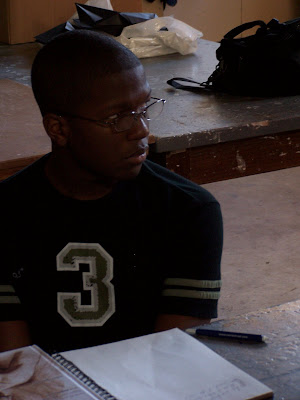Thousands of origami. Voices articulating haiku and radiation traveling as far as it is able to given the presence of tiny particles of gold invisible to the naked eye. The information received from all of these events can drive us to investigate qualities of vision, the transformation of thought and materials and our notions of value and beauty.
A night sky holds in some sense, no less wonder than it did 1000 years ago, yet the wonderment has taken new shapes, is asking different questions. Far from wrathful deities, now time bends supernovae and dark matter exists at the edges of what we comprehend, filling the 'void' and the discovery itself transforming the meaning of the word. Similarly, when a flock of starlings takes to the air at dusk to harvest emerging insects, we no longer seek to know the smartest and most charismatic of these birds. This following of a simple set of algorithms now shows us a mirror. We look to ourselves and to the building of cities, rapid-transit systems and digital networks. We know that these things are related. Connected. That they are all the same.
The framing of our intuitive associations, (some perhaps built into our DNA) with the edge of our perceptive technologies asks us to delve deeply into self-reflection. When do we know things? Why do we feel compelled - through punishing failure and regret - to discover and create for ourselves ? We continue to forge ahead. To try to become new - to redefine ourselves through the advancement of our thoughts and technologies - we imagine, design, make, and we destroy - only to make again. And we accumulate associations as we do memories: as mutable shadows and flickering visions, as we continually develop our sense of the world - discovering over time, what meaning itself is - even as it continues to re-form and be re-defined.



















01.jpg)
01.jpg)
.jpg)






